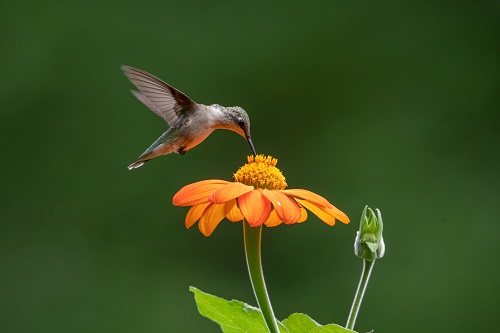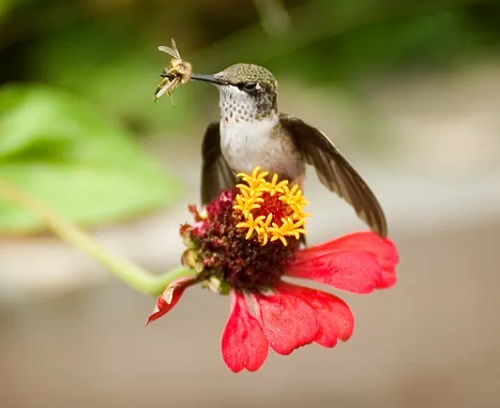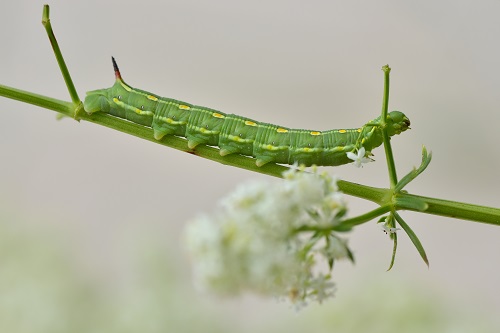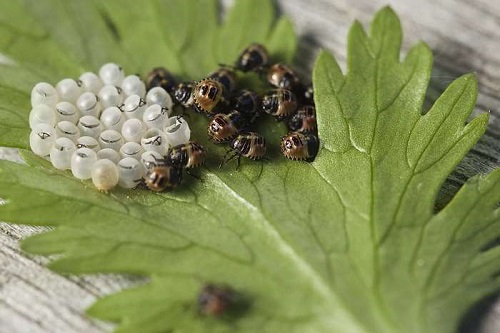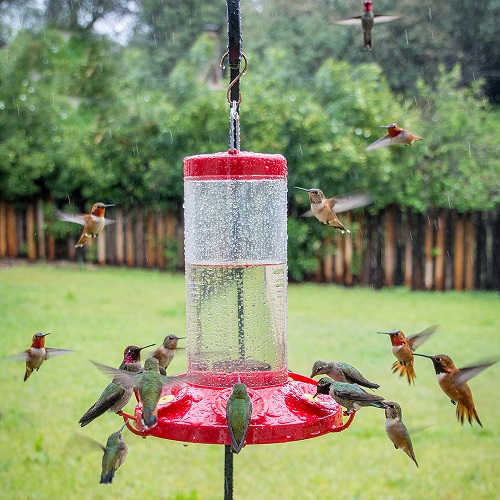Here are the Best Hummingbird Foods that give them all the energy they need to be the world’s fastest-flapping birds!
Hummingbirds are primarily nectarivorous, meaning they feed on the nectar produced by flowering plants. In addition to nectar, they also consume small insects and tree sap for food, which provides them with additional carbohydrates and nutrients. Read on to learn about the Best Hummingbird Foods.
Do Hummingbirds Love Mandevilla? Learn here
Best Hummingbird Foods
1. Nectar
Hummingbirds are attracted to nectars that are high in sucrose, which provides them with the energy they need to fuel their fast metabolism and active lifestyle.
In the wild, hummingbirds feed on the nectar produced by a wide variety of flowering plants, each with their own unique composition of nectar. Some flowers that are particularly attractive to hummingbirds are trumpet creeper, bee balm, honeysuckle, fuchsia, salvia, and zinnia.
Want to Attract Ladybugs to Your Garden? Learn the Remedies here
2. Insects
Hummingbirds also feed on small insects like spiders and other insects for their protein requirement. These are active and agile flyers, and they use their sharp beaks and long tongues to catch insects in mid-air.
These birds also feed on aphids, gnats, fruit flies, mosquitoes, and other soft-bodied insects. They are one of the Best Hummingbird Foods.
3. Larvae
Many species of hummingbirds feed on insect larvae such as aphids, leafhoppers, or scale insects, particularly those found in flower buds or on the underside of leaves.
These birds use their long, thin beaks to extract the larvae from their hiding places and also use their sharp beaks to pierce and kill the larvae.
4. Insect Eggs
These birds consume the eggs of small insects, such as aphids or other soft-bodied insects, as well as the eggs of spiders or other arthropods. This is another of the Best Hummingbird Food.
While insect eggs are not a significant part of a hummingbird’s diet, they can provide a valuable source of protein and other nutrients.
5. Sap
These birds consume sap from trees by making small holes in the bark with their sharp beaks. The sap provides the birds with additional carbohydrates and nutrients, which can help sustain them during times of low food availability.
It can provide a valuable source of energy and nutrients when other food sources are scarce.
Find out the Best Bee Friendly Plants here
6. Pollen
Pollen provides hummingbirds with a valuable source of protein, vitamins, and minerals that they need to maintain their health and vitality.
It is especially important for hummingbirds during the breeding season, as it helps to support the growth and development of their young. It plays a crucial role in the diet and survival of hummingbirds, making it an important component of their food chain.
7. Fruits
Although hummingbirds are primarily known for feeding on nectar and insects, these birds also consume small amounts of fruit in their diet.
Fruits contain high levels of sugar and important nutrients that hummingbirds require for energy and growth, such as vitamins and minerals. Some examples of fruits that hummingbirds may feed on include bananas, peaches, grapes, and melons.
Read this article about hummingbird homemade food recipes
How to Attract Hummingbirds to Your Home Garden?
- Plant flowers like trumpet vines, bee balm, and salvias. Hummingbirds are attracted to brightly colored flowers that produce high amounts of nectar.
- Hummingbirds also need access to water for drinking and bathing. A small water feature, such as a birdbath or fountain, can be a great addition to your garden.
- A hummingbird feeder filled with sugar water can be an excellent way to attract hummingbirds to your garden. Be sure to clean and refill the feeder regularly. Here are some DIY hummingbird feeders that you can make easily.
- Hummingbirds need shelter from extreme weather and predators. Trees, shrubs, and other vegetation can provide shelter and nesting sites for hummingbirds.


